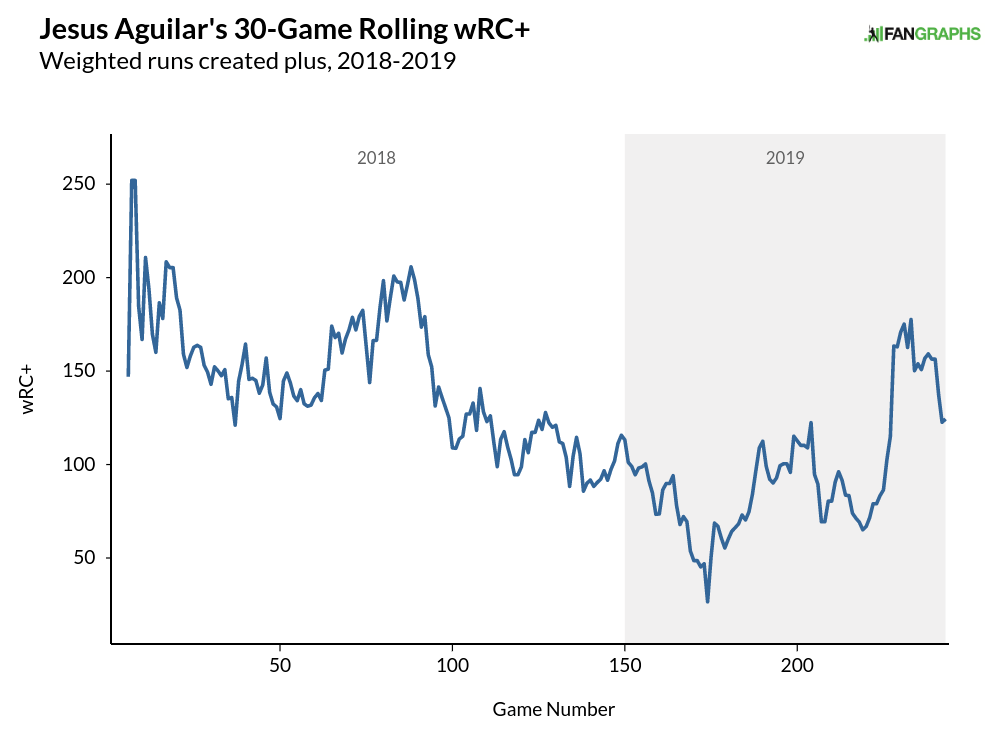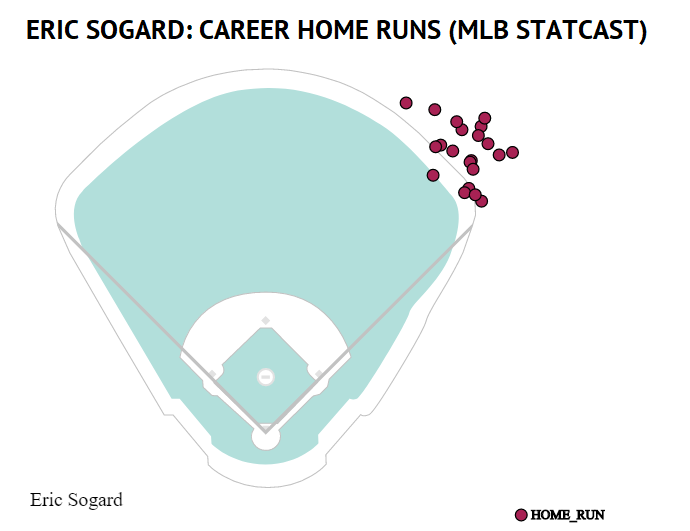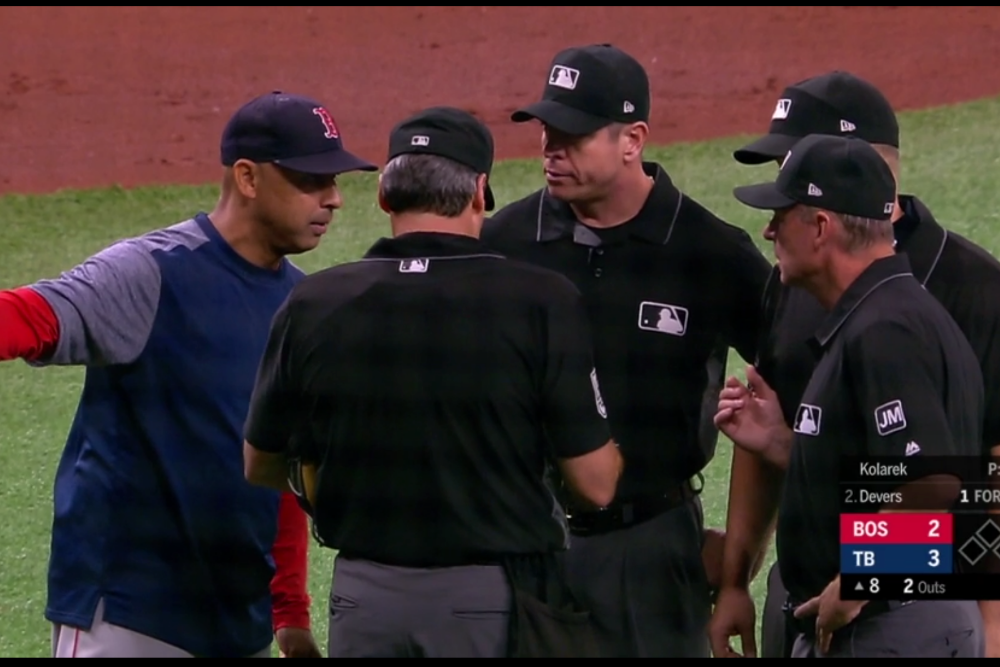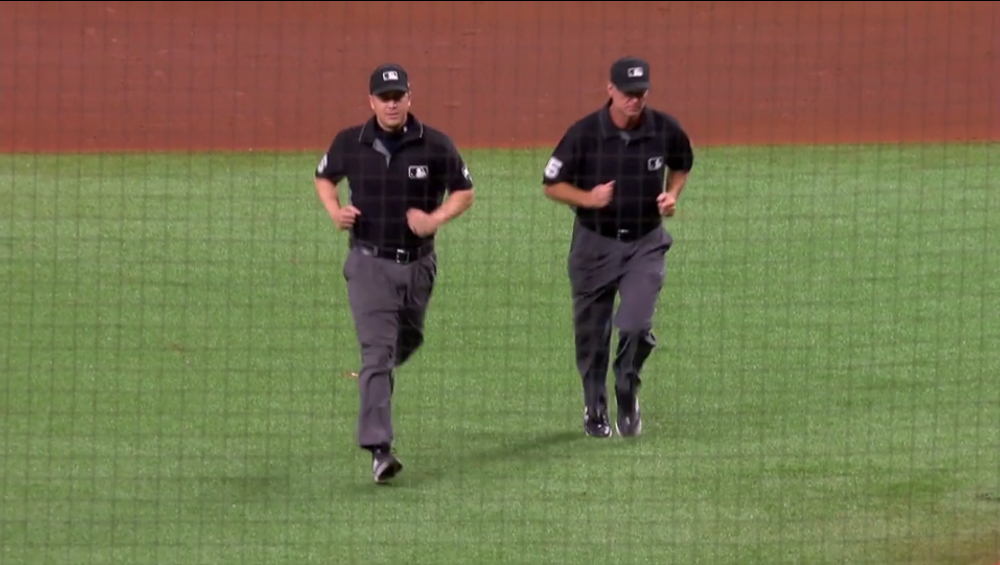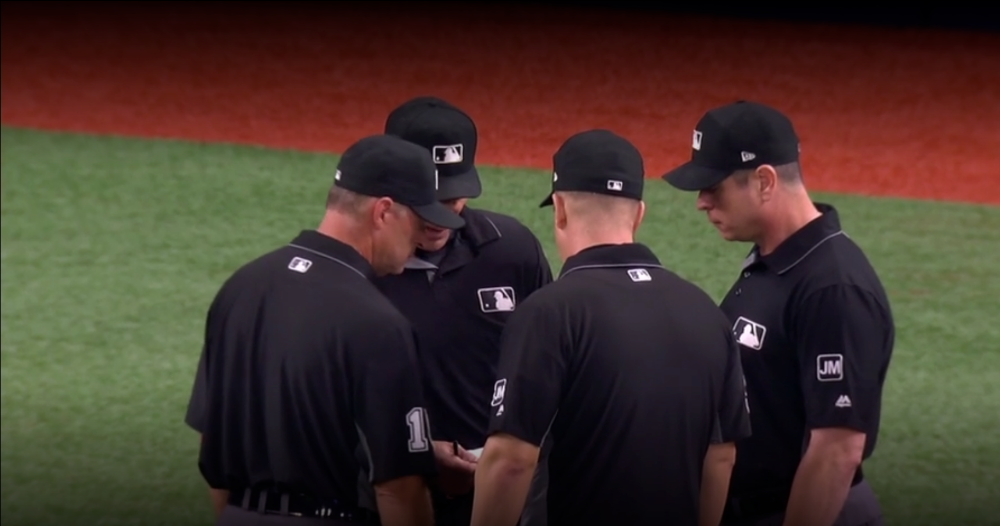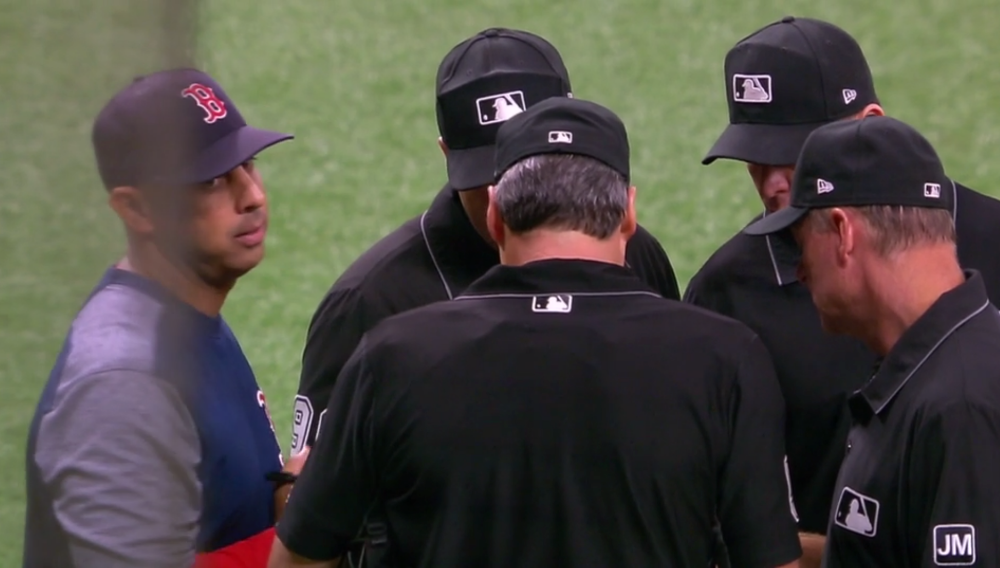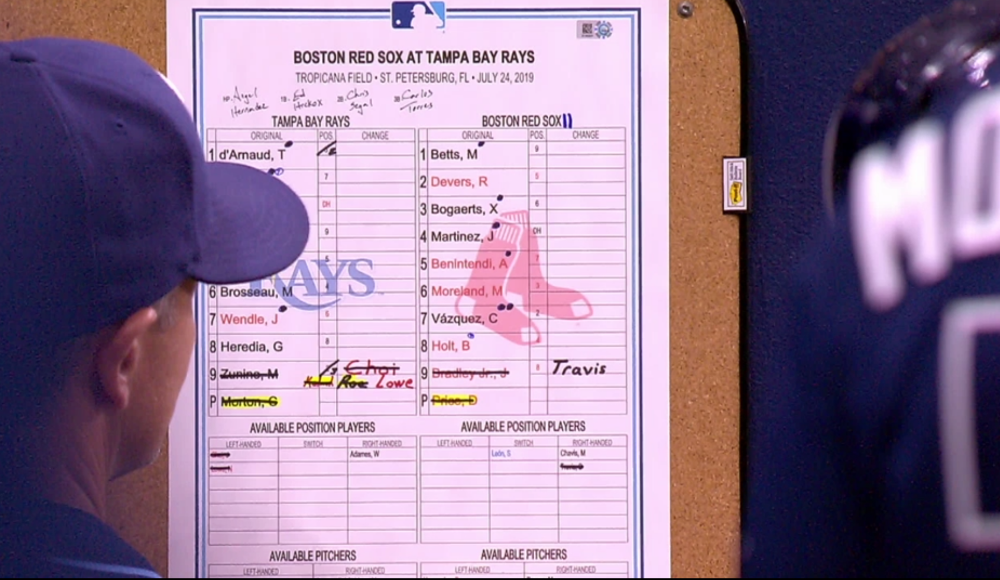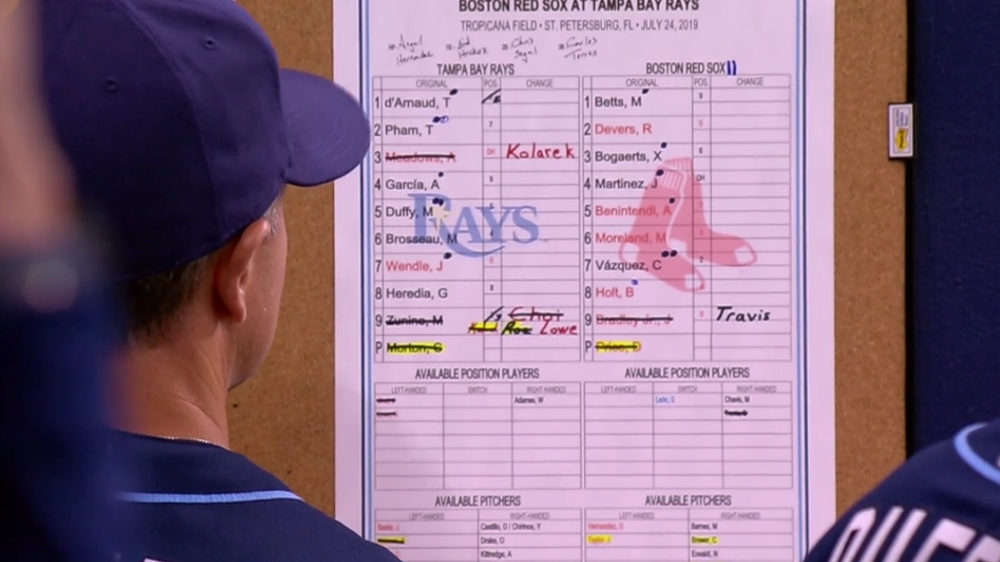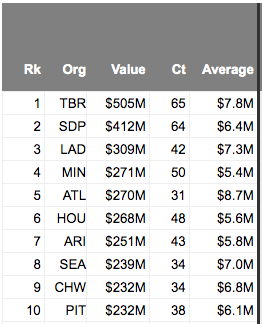For the first time in three years, the Hall of Fame Induction Weekend won’t be overshadowed by the arrival of the July 31 trade deadline. This year’s festivities will take place July 20-21 in Cooperstown, New York. Saturday, July 20, will feature the presentation of this year’s Ford C. Frick Award for broadcasters (to the late Al Helfer, who passed away in 1975) and the J.G. Taylor Spink Award for writers (to Jayson Stark, who is still very much alive) as well as the Parade of Legends. Sunday, July 21 will feature the induction of six former players, namely BBWAA honorees Roy Halladay (posthumously), Edgar Martinez, Mike Mussina, and Mariano Rivera, and Today’s Game Era honorees Harold Baines and Lee Smith. For a full schedule, including extended museum hours, see here.
If you want to read more about this year’s inductees, I’ve got lengthy, JAWS-flavored profiles of all six of them here at FanGraphs:
- Baines, the 1977 number one overall pick, was easily the most shocking committee choice in decades.
- Halladay, a two-time Cy Young winner, died in 2017; his election makes him the first player chosen posthumously by the writers in a regular election since Rabbit Maranville in 1954, and the only other one elected by the writers in his first year of eligibility besides Christy Mathewson in the Hall’s inaugural election in 1936 (he died in 1925).
- Martinez, a top-30 hitter (in OPS+) spent his entire career with the Mariners and excelled to such a great degree that MLB named its award for the top designated hitter in his honor. I recently interviewed him about his new autobiography.
- Mussina, who spent his entire 18-year career pitching in the crucible of the AL East, cracked the top five in bWAR seven times and finishing among the top five in Cy Young voting six times.
- Rivera is the all-time saves leader, the most dominant postseason pitcher ever, and the first player ever elected unanimously by the writers.
- Smith is the former all-time saves leader.
If you’re among the many thousands of people making the pilgrimage to Cooperstown — driven by Rivera, this year’s crowd could surpass last year’s estimated 53,000, which was the second-largest ever — you can purchase a signed copy of my book, The Cooperstown Casebook (which was released two years ago this month; see Paul Swydan’s review here and an excerpt here) and perhaps even talk a little baseball with me on Saturday. From 11 AM to 1 PM, I’ll be hawking my wares in front of Willis Monie Books at 139 Main St. Other authors will be signing there all weekend long as well. More details can be found here.
If you’re in Cooperstown on Sunday, I will be one of four authors making presentations at the Cliff Kachline Chapter’s post-induction meeting, which will be held at 6 PM, at Tillapaugh’s Funeral Home, 28 Pioneer St., Cooperstown. C’mon, you’re dying to go! It’s open not just to SABR members but to the general public. Also on the bill are Jeff Katz, former Cooperstown mayor and author of Split Season 1981; Jane Leavy, the author of The Big Fella: Babe Ruth and the World He Created, as well as bios of Sandy Koufax and Mickey Mantle; and Erik Sherman, co-author with Art Shamsky of After the Miracle: The Lasting Brotherhood of the ’69 Mets. For more information, see here.
Whether or not you buy a book or are a SABR member, you can also catch me on Thursday’s MLB Now from 4-5 PM ET, discussing this year’s class and other baseball matters with Brian Kenny, Jon Heyman, and Dan O’Dowd. Spot cancelled due to rain, boo.
Finally, while it’s not Hall of Fame-related, I’ll also be part of the Gelf Magazine Varsity Letters tribute to Jim Bouton on Thursday, July 18, at 7:30 PM at Le Poisson Rouge (158 Bleecker Street, New York, NY). Neil deMause, Paul Lukas, and Mitchell Nathanson (the author of a forthcoming Bouton biography) and I will all be reading from the work of the great pitcher-turned author, discussing its monumental impact, and sharing stories of our own interactions with Bouton.

